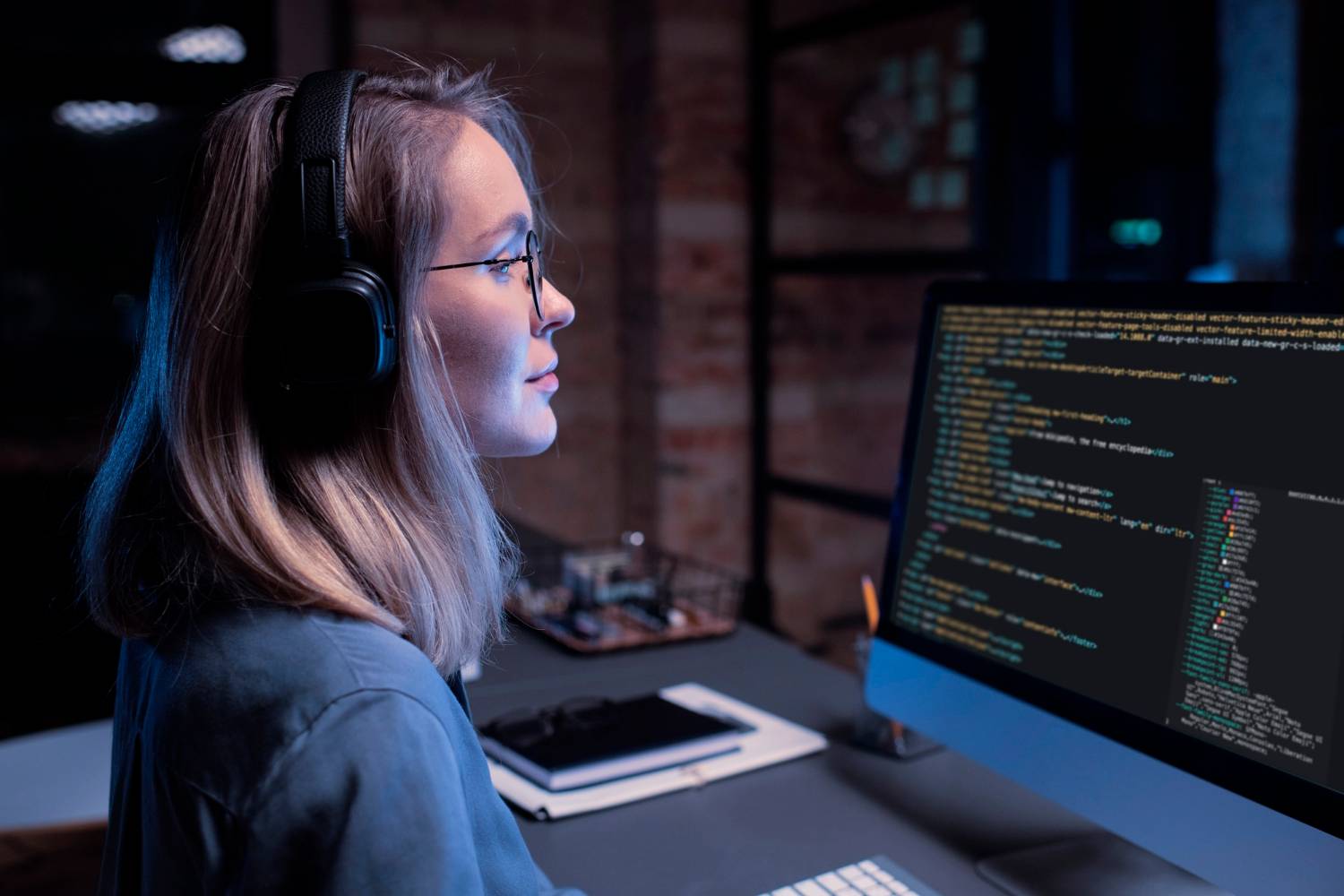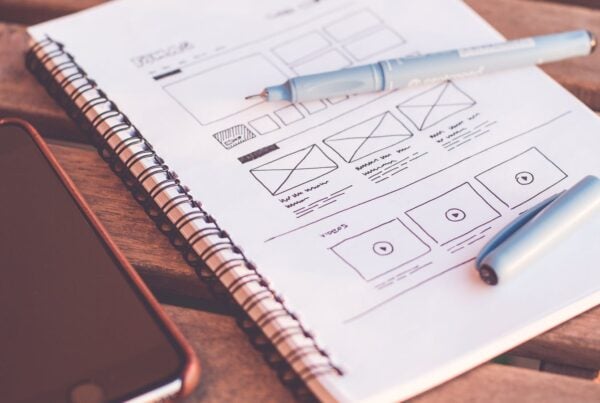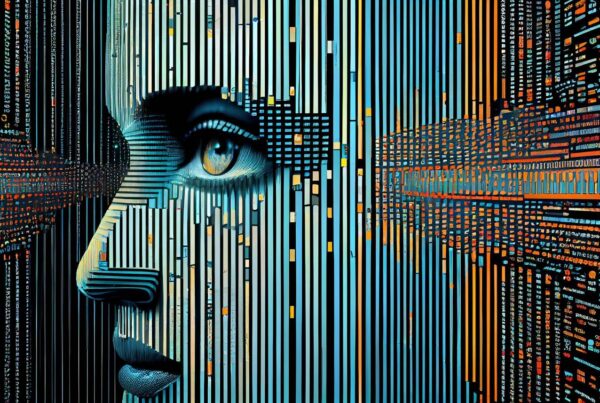The digital field combines a complicated online network, people, and organisations. Data is useful in ensuring the systems work as intended. Designing digital products requires careful attention to the UI design. The user interface design improves usability. Through UI, people get improved accessibility and a good user experience.
The digital ecosystem keeps changing fast. It needs to have a smooth incorporation of cybersecurity strategies in UI design. In user interface design, solid safety measures and visual appeal work hand in hand. They not only offer an aesthetically attractive experience. They also offer protection of critical data from potential attacks. UI designers need to develop user-friendly interfaces that prioritise security.
Table of Contents
The role of cybersecurity design in the realm of user interface (UI) design
In the context of UI design workflow, cyber security design plays an important role. Cybersecurity not only offers data protection but also enhances trust. Customers get improved privacy and the integrity of the entire system gets better. The role played by UI designers in ensuring an effective and safe system can be broken down as follows.
Ensuring there is ample data privacy and safety
The user interface design experts must understand the vulnerability of customer data. They must create a design that protects data regardless of what type it is. They need to incorporate privacy controls right into the UI products. They need to restrict data acquisition and sharing of user data. To prevent this, it calls for the integration of strict privacy measures in the UI design.
In an age where cyber threats continue to grow, digital asset protection is paramount. Attacks are complicated by nature. This is why UI workflows need the implementation of strong security measures. Having stronger and more secure systems is no longer a matter of choice. Every user must have an advanced security solution designed by experts. One of the important platforms that ensure clients get secure Mac security solutions is Moonlock.com. The platform includes experts in various fields of cybersecurity. Resistance of an organisation against cyberattacks gets better when it is offered by seasoned experts. Customers need to work with teams that have vast knowledge and experience. They should be trained in using top-notch security technologies.
Promotion of user education and creating user awareness
Before availing UI products to users, designers need to include user safety information. They need to inform users about the cyber security design features in the system. They may help customers understand the usefulness of security.
Educating them involves helping them know their role in data protection. Awareness creation involves having systems that help users identify attacks. They need to learn how to prevent them and improve their safety.
Adjusting to changing threats
The workflow UI design should be adaptive. It should keep evolving as new threats emerge. It is the role of UI designers to stay vigilant of the systems. If new threats come, they should improve the UI products to address the new threats.
The designers have an important role in creating UI products. These products should respond to attack incidences. If a cybersecurity issue arises, the UI system should be able to react fast. This can help lessen the impact of breaches can keep information safe.
Building trust and increasing confidence in users
The designers have to act responsibly. They need to ensure they create UI design workflows that promote transparency. The system needs more security features. Customers need to be told about the features and how to use them. This level of knowledge builds confidence in the user. It increases the level of trust with both the UI system and the designer.
Importance of user interface design and cybersecurity integration in promoting trust
Interface design in software engineering is important. It seeks to build UIs that look attractive and stylish. Designers seek to create UI systems that please users by creating powerful visuals. Beyond having intuitive UIs, designers also aim to create safe products. Integrating cybersecurity mitigation protocols into the UI and UX design is complex. It does not look into building safety only but trust too.
The designer seeks to enhance transparency in communication and use. This is one of the main goals of creating UI designs. It should seamlessly integrate a lot of security features. Beyond having a safety wall, the system enhances trust and improves user experience. Including cybersecurity measures directly into UI/UX design helps achieve the following.
- Develops trust in users. Users feel safe when they know the UI system they are using is secure. This trust builds more when the designer takes education and awareness creation initiatives.
- Encourages giving of user feedback. There is an advantage when developers build transparency and open communication around their UI products. This is more important when designers add strong security measures to the system. It encourages more use and giving of feedback.
- Provides a smooth user experience. UI systems that feature excellent security measures offer user confidence. The design may include friendly authentication features. The design needs to be responsive across different types of devices. All these features improve user experiences.
- Minimises chances of data breaches. Integration of attack mitigation measures in UI design minimises breach attacks. Cybersecurity integration in UI designs ensures there is real-time monitoring. It encourages safe storage practices and encryption.
Creating a balance between UX design vs cyber security
Cybersecurity and UI design are often viewed as opposing products. Sometimes, a UI design cannot run smoothly without a strong security measure in place. Nonetheless, achieving a balanced equilibrium between the two components is important. New threats emerge often. So, balancing them is essential for improving the reliability of digital platforms.
For designers to find an ideal balance, careful considerations are needed. Digital platforms that offer trustworthy security measures increase user confidence. To achieve this balance, there needs to be cooperation between UX designers and security experts. Achieving this balance will eventually increase user confidence and protection.
Creating aesthetically appealing UI designs versus security
UI designers need to create products that are aesthetically appealing and functional. However, the visual elements need to include security elements in them. The design needs to be consistent while ensuring security features are also consistent.
Part of the design components should be policies for promoting transparency. Having a transparent security policy ensures users feel confident with the system. The system needs to receive regular security updates. An updated system ensures threats are found and fixed in real time.
Important cybersecurity components to include in UI designs
When creating UI designs, developers need to include the following important cybersecurity components.
- Privacy guidelines. The system should include a transparent privacy guideline. Users need to understand how their data is collected and used. It should show a sense of compliance with data usage laws.
- Encryption parameters. Encryption is one of the ways that help keep data safe. If the data gets intercepted by cybercriminals, it becomes harder for them to use it. Encrypt can help minimise the possibility of breaches.
- User verification measures. The UI system must have measures for preventing unwanted access. One of the ways to achieve this is to have I place strict and safe user verification procedures. The processes may include the use of biometrics and multiple-factor verification.
- Measures for consistent updates. Consistently updating the UI platform ensures it can resist new threats. Timely security updates guarantee the system is secure from exposure to threats. It limits the possibilities of attacks. New updates help add new security features to the system. The security team studies the evolving threats and creates features that block them.
Conclusion
UI designs help people interact with products and services. During use, customers may experience different cybersecurity challenges. Integrating cybersecurity measures in UI designs is a necessity. A cyber-secure interface contributes to the continued success of the system. The designer gets an improved reputation and trust. Secure UI designs improve user experience and confidence. Designers need to keep improving the product as new threats emerge.
If you want to know more about cybersecurity for your website, a quick search for terms like “website cybersecurity” or “Lumify Learn IT courses” should already pull up a list of courses that you can take.










